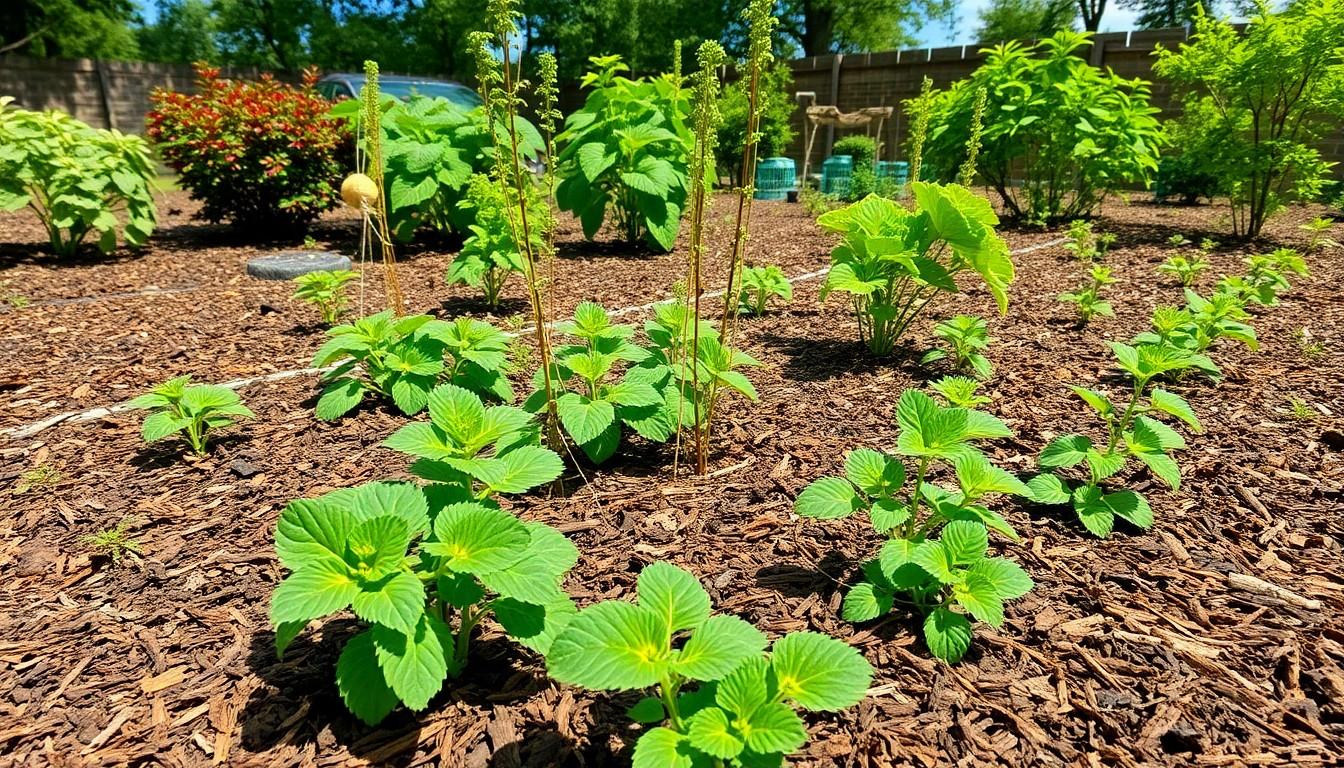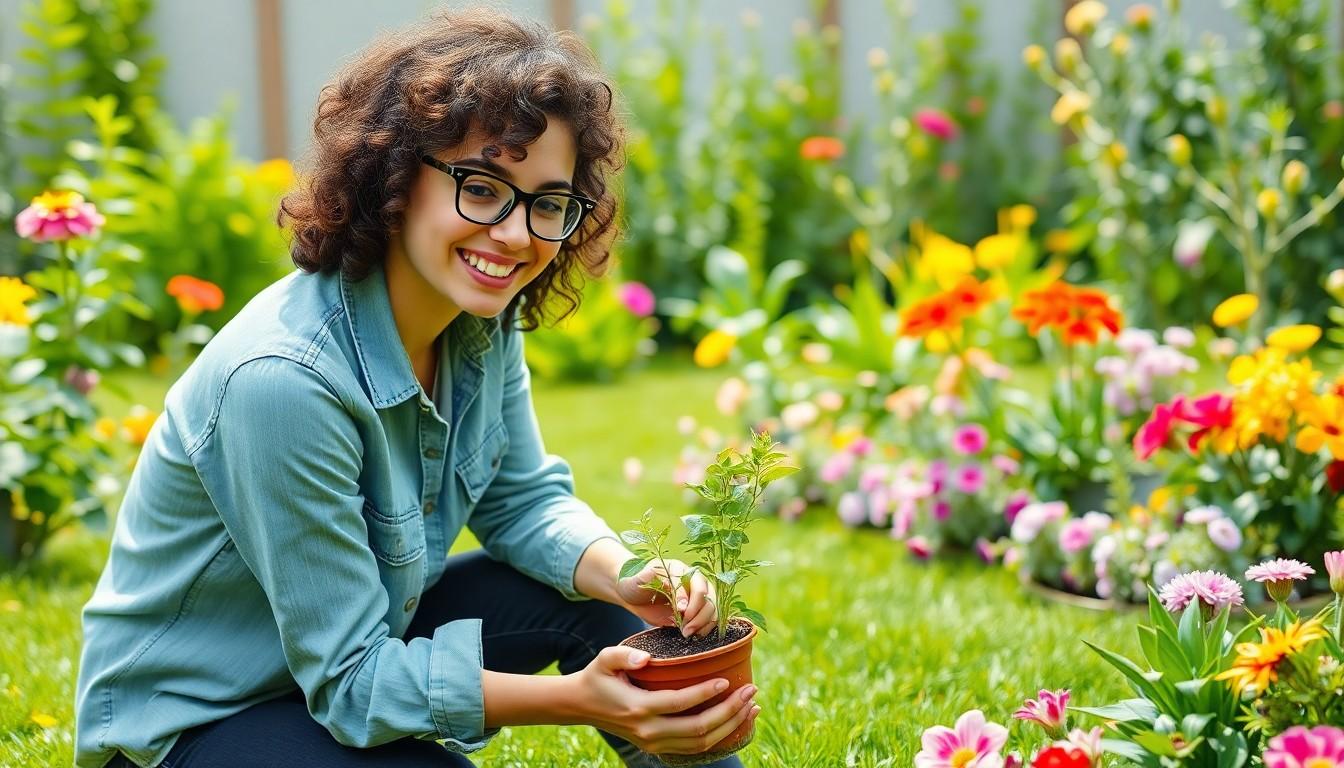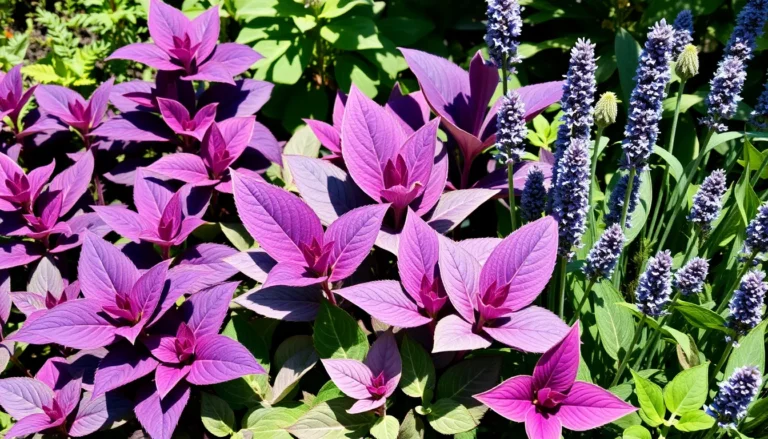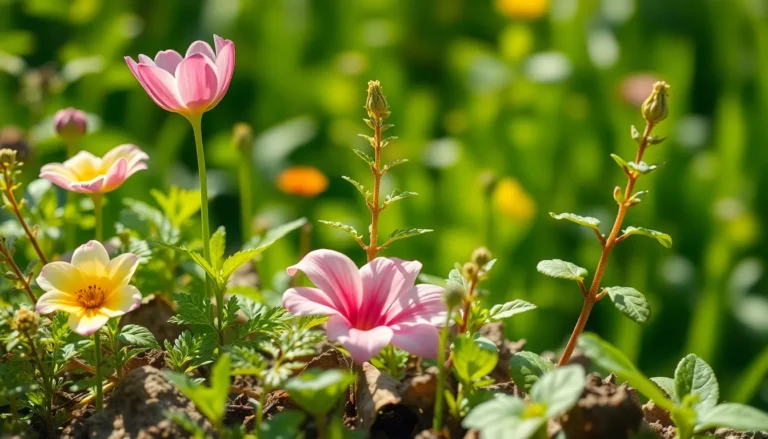Ever looked at your outdoor plants and wondered if they’re staging a dramatic exit? It’s a common dilemma that leaves many scratching their heads and questioning their gardening skills. While you may not have a green thumb, understanding the reasons behind your plants’ untimely demise can turn your garden from a graveyard into a thriving oasis.
Common Reasons Outdoor Plants Are Dying
Understanding why outdoor plants die helps gardeners address issues swiftly. Various factors contribute to plant decline.
Lack of Water
Inadequate water supply leads to dehydration. Plants display drooping leaves or dry soil when thirsty. Roots suffer as moisture levels drop, affecting nutrient absorption. For most outdoor plants, consistent watering is essential. Check moisture regularly, especially during dry spells. Aim for deep watering to encourage robust root systems.
Overwatering
Too much water suffocates roots and creates a breeding ground for mold. Plants exhibit yellowing leaves and wilting despite excess moisture. Roots become vulnerable to rot when oversaturated. Drainage is crucial; ensure soil allows excess water to escape. Consider using pots with drainage holes for container plants. Monitor weather patterns and adjust watering frequency accordingly.
Poor Soil Quality
Soil lacking nutrients drastically affects plant health. Heavy clay or sandy soil can hinder growth due to poor structure. Nutrient-rich soil supports strong root systems and vibrant plants. Test soil quality periodically to identify deficiencies. Adding organic matter improves fertility and structure. Regular amendments help maintain an optimal growing environment.
Environmental Factors

Environmental factors significantly influence the health of outdoor plants. Recognizing these factors can help identify the reasons behind plant decline.
Changes in Weather
Weather changes greatly affect plant vitality. Sudden shifts in temperature, such as frost or extreme heat, can stress plants. Prolonged rainfall leads to waterlogged soil, limiting oxygen to roots. Conversely, drought conditions cause dehydration, prompting wilting. Gardeners must monitor forecasts and adjust care accordingly. Adding mulch helps retain moisture during dry spells. Additionally, providing shade for delicate plants during heat waves can minimize damage.
Pest Infestation
Pests pose a serious threat to outdoor plants. Insects, such as aphids and spider mites, can weaken plants by sucking sap. Visible signs include yellowing leaves and stunted growth. Monitoring plants regularly helps catch infestations early. Introducing beneficial insects, like ladybugs, can control harmful populations naturally. Applying organic insecticides offers a safe method for treatment. Keeping the garden clean removes potential pest habitats, reducing the risk of an infestation.
Plant Diseases
Diseases can devastate outdoor plants. Fungal infections thrive in wet conditions, leading to root rot or leaf spots. Bacterial infections often manifest through wilting or sudden leaf drop. Identifying symptoms promptly is crucial for effective management. Rotating crops each year helps prevent disease buildup in the soil. Selecting disease-resistant plant varieties bolsters garden resilience. Applying fungicides or bactericides, when necessary, can aid in controlling outbreaks.
Care Practices
Understanding the right care practices can significantly enhance the health of outdoor plants. Implementing proper techniques ensures a thriving garden.
Proper Watering Techniques
Effective watering practices contribute greatly to plant vitality. Watering deeply and less frequently promotes stronger root systems. Gardeners should check soil moisture several inches below the surface before watering. Early morning is the best time for watering, as it reduces evaporation losses. Avoiding wet foliage reduces the risk of fungal diseases. Utilizing drip irrigation or soaker hoses can ensure consistent moisture levels, minimizing both drought stress and overwatering risks.
Soil Amendment Strategies
Improving soil quality directly affects plant health. Incorporating organic matter, such as compost or well-rotted manure, enhances soil structure and nutrient availability. Testing soil pH informs gardeners about necessary adjustments for optimum plant growth. Adding specific amendments, like lime for acidic soils or sulfur for alkaline, can create a better environment for various plants. Regularly replacing nutrients through crop rotation also maintains soil fertility over time.
Choosing the Right Plants
Selecting appropriate plants is crucial for outdoor gardening success. Native plants acclimate better to local conditions, requiring less maintenance once established. Understanding the specific sunlight and water needs of chosen species can prevent many health issues. Grouping plants with similar requirements improves design and care efficiency. Additionally, opting for disease-resistant varieties safeguards against common pests and diseases, promoting a more resilient landscape.
Signs to Look For
Recognizing signs of distress in outdoor plants can help identify issues early. Key indicators include wilting leaves, discoloration, and stunted growth.
Wilting Leaves
Wilting leaves often signal insufficient water. Plants lose turgor pressure, causing leaves to droop. It’s important to check soil moisture before watering. Overwatering may also lead to wilting due to root suffocation. Gradual recovery can occur with proper hydration and drainage adjustments. If wilting persists despite adequate watering, consider inspecting for root rot.
Discoloration
Discoloration typically manifests through yellowing or browning of leaves. Excessive sun exposure can bleach foliage, while nutrient deficiencies often result in yellowing. Monitor for specific patterns; for instance, nutrient-deficient plants might exhibit older leaves turning yellow first. Address discoloration by testing soil and adjusting nutrient levels. Pests and diseases can also cause discoloration; therefore, inspecting plants regularly aids in early detection.
Stunted Growth
Stunted growth indicates underlying health problems. When plants fail to grow as expected, factors such as poor soil quality, insufficient light, or pest infestations may be to blame. Inspecting root health provides insight into potential issues. If growth halts, evaluate environmental conditions and adjust as necessary. Fertilizing the soil can also promote healthier growth when nutrient deficiencies are present. Ensuring adequate space and light can further enhance plant development.
Conclusion
Understanding the reasons behind outdoor plant decline is essential for any gardener. By identifying signs of distress and adjusting care practices accordingly, they can significantly improve their garden’s health. Regular monitoring of moisture levels soil quality and environmental conditions will lead to more resilient plants.
Implementing effective strategies such as proper watering techniques and choosing the right plants can foster a thriving outdoor space. With a little attention and care outdoor gardening can transform from a source of frustration into a rewarding experience.




